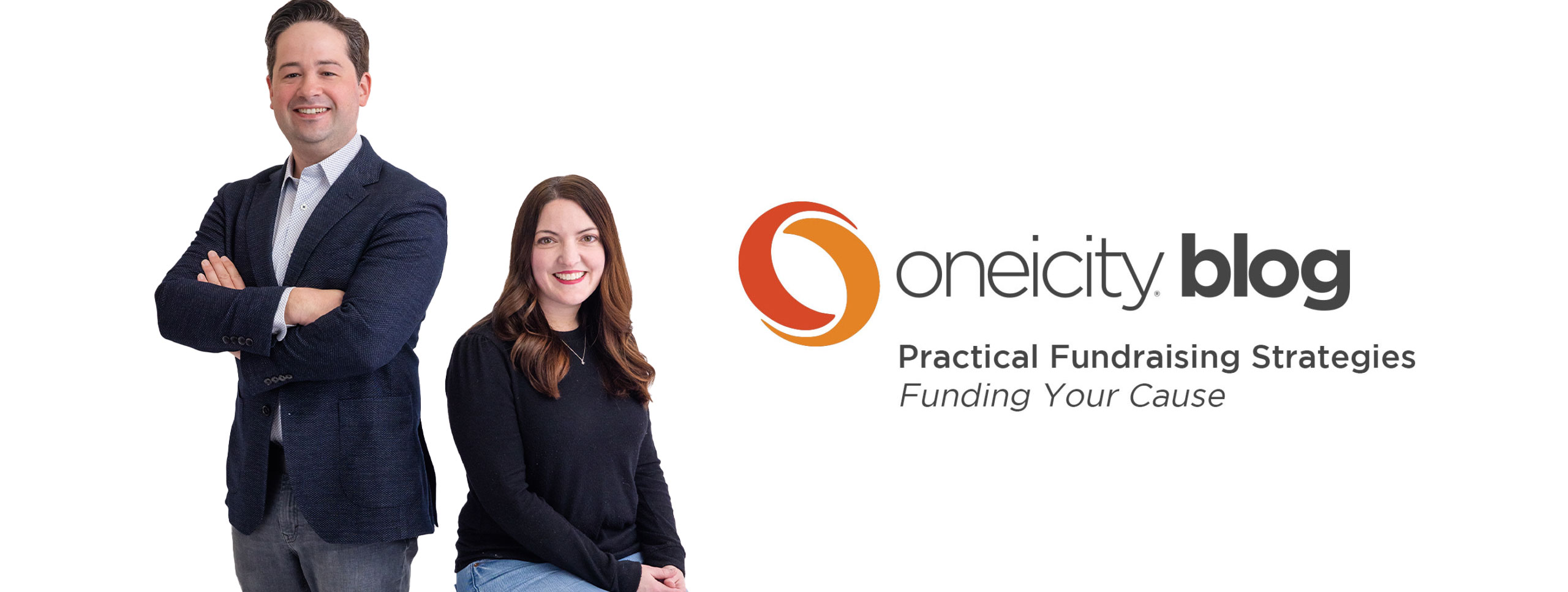You and I love choices. We want choice. As consumers we want to choose what we’re buying. We want to choose color. We want to customize. We want to have it our way. Right?
Right.
Yet. A poor understanding of how choice works in the fundraising world will hurt your income.
I recently had the opportunity to do some analysis and give my opinion on ways to improve an organization’s fundraising. A chunk of what I reviewed was their direct mail. The results they were getting certainly were sub-par. One of the easy changes I suggested for them was to reduce the choices they were giving their donors. (Heresy, I know).
On the Response Device of most mailings, the “ask” (where they are suggesting a dollar amount for the donor to choose an amount to give) had 8 options (even more fun visually: imagine 2 rows of numbers).
The 8 amounts ranging from $15.00 to $2,500.00.
Plus a $______
So really, 9 options.
On a first pass, that might make sense if you’re not willing to do the analysis to determine what the donor’s suggested giving amount should be based on their giving history. You want to let them choose what they should give.
But.
Too many choices leads to paralysis and that often leads to inaction.
Here’s a great resource from Barry Schwartz’s TED Talk describing the subtle difficulties of choice.
2 things to know:
1. There’s some debate in the scientific community about this. Some “scientists” doubt how “provable” and repeatable these conclusions are. Yet, there’s always debate and questions on this stuff. I wouldn’t let that bother you much because of my point #2.
2. We’ve tested this over multiple platforms and multiple clients. Fewer of the right choices lift response by donors. A shotgun or machine gun approach of a zillion (or 9) choices isn’t best. When a donor sees that huge array of choices, it’s easy for them to reach at least two bad conclusions:
I’m not known because they are giving this humongous list of gift amount options.
It doesn’t matter what I give, they don’t care. I can pick the lowest one.
Yikes.
Reduced choices in these moments will increase donor response. It’s worth it to figure out how to limit the options you’re giving a donor. This works in email and direct mail as well as other places. Be more specific with any “suggested” gift amounts.
For direct mail ask amounts, limit yourself to 3 (okay 4 with $______). Build a connected range (not $15; $250, $2500) more like $25, $35, $45 (or whatever is appropriate for that particular donor).
It’s challenging and counter-intuitive because you know that most (all?!) of us want to have more choices in our lives. But. When it comes to the moment of asking a donor to commit to a gift, more choices reduce their response. You can take that to the bank.
Try it. You’ll like the results.
st
If you’re not getting our email newsletter with information about this blog, you’re missing out on at least 52% of the good stuff. You can sign up here. Have no fear, I’ll never sell you out or spam you.

